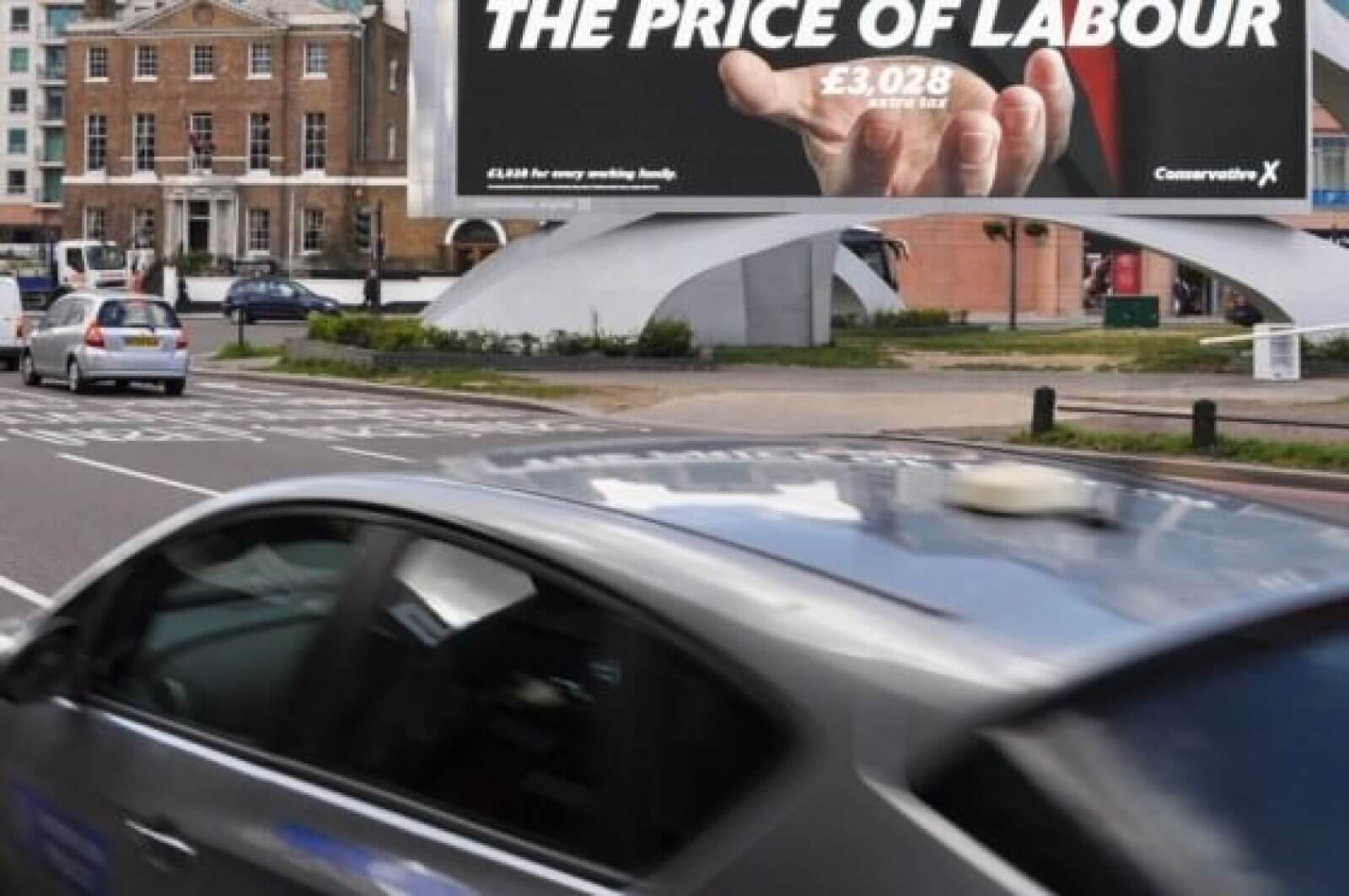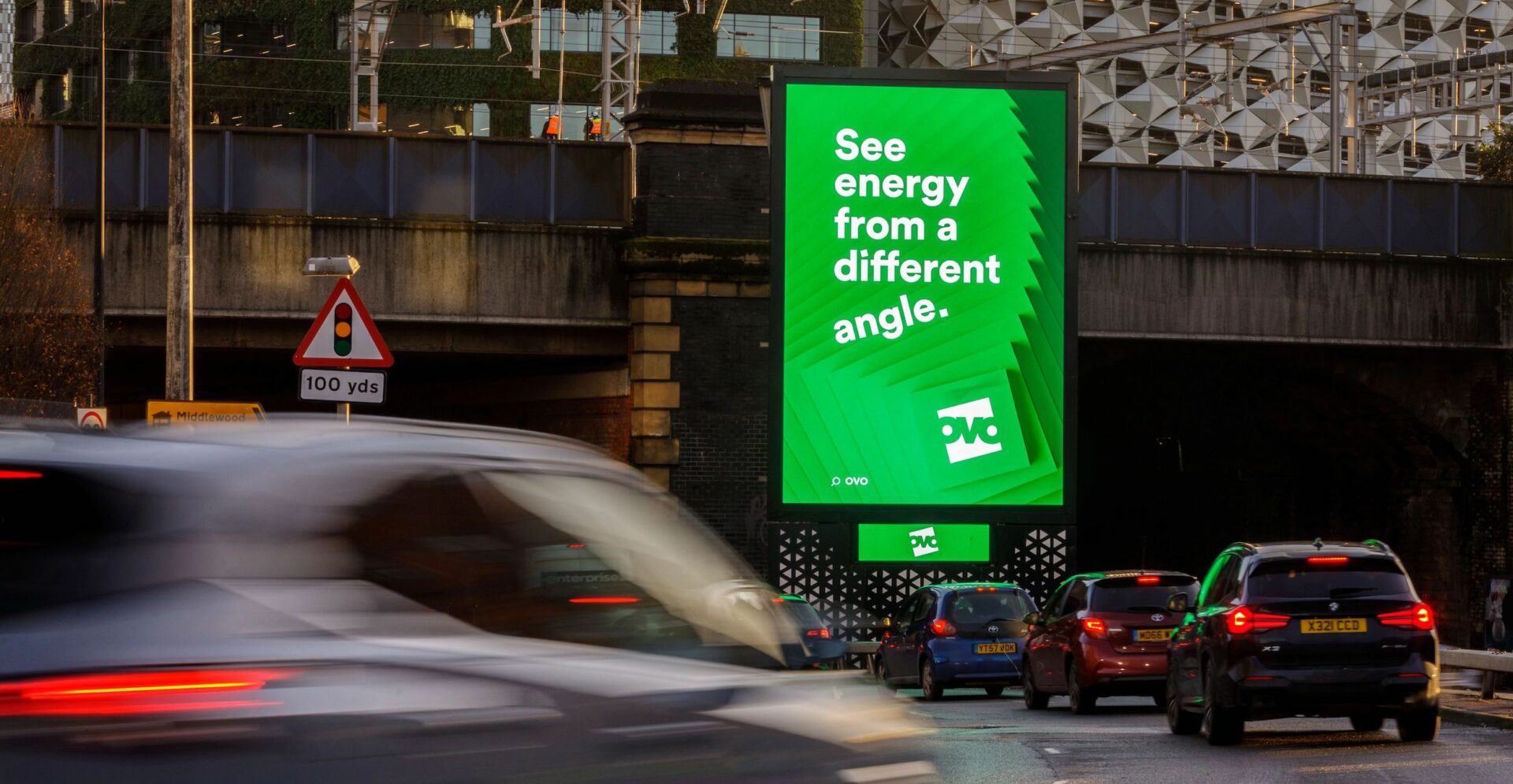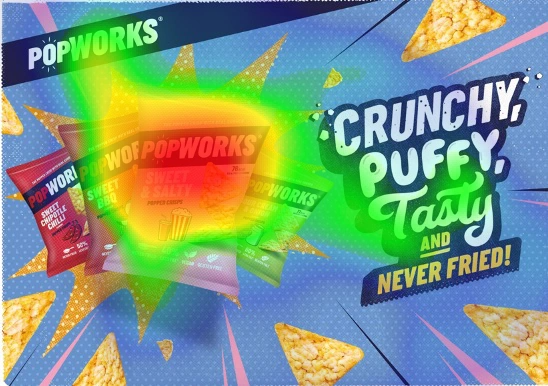Political Party Advertising on OOH in 2015 and the changing use of the medium
The Out of Home landscape has seen some seismic shifts over the past five years, with Digital OOH the main driver behind this. The race throughout the medium to convert premium and traditional panels into stunning, architecturally designed HD screens can only be compared to an express train powering through the country with no intention of stopping. JCDecaux alone invested over 44m in 2014 on new technology and add to that the combined spend from other media owners including Clear Channel, Outdoor Plus, Primesight, Ocean & Forrest brings the overall annual investment in the future of our channel to 100m for the year!
2010
Traditional Out of Home billboards had formed the centre piece to both Conservative and Labour campaigns in the run-up to the 2010 General Election.
In January, the Conservatives put out a poster featuring a large portrait of David Cameron and the words “We can’t go on like this. I’ll cut the deficit – not the NHS”, followed by other familiar creatives used throughout the campaign on a combination of formats that started to paint our streets blue. Alongside this was the tactical use of mobile 48 sheets driven past Downing Street depicting the face of Gordon Brown with messages exposing how he doubled the national debt and took billions from UK pensions.
The response from Labour was swift, with one of the most famous pieces of copy featuring David Cameron perched on a 1980 Audi Quattro alongside the tag line “Don’t let him take Britain back to the 1980s”. Despite digital Out of Home’s adolescence, the different parties would proceed to capitalise on the immediate flexibility of this new technology by responding with a number of manipulated spin offs which even succeeded in dragging in the SNP and UKIP.
Thanks to firm EU rules which prohibit paid-for TV or Radio advertising from all political parties, Out of Home was the obvious choice to reach over 95% of all adults within the UK and respond instantly via tactical messaging to any competitor threats. Above all, it clarified each party’s positioning and what the main contenders stood for.
The Guardian reported at the time that the Conservatives (16.7 million) spent twice as much as Labour (8m) on their election campaign, with 4.8m from the Lib Dems. The Conservatives’ outlay included a retainer fee for a “re-toucher” on call for two weeks to react to any competitor messages which they could get live the next day.

2015
Fast-forward five years and the Digital Out of Home landscape has further developed to now account for over 27% of all Out of Home revenue.
With each of the main parties increasingly under the media spotlight and trying to avoid what could be perceived as “poor public spending”, few resorted to spending anything significant on month long classic billboard campaigns. The absence from our streets was the subject of many articles, including by Brian Wheeler for the BBC titled Election 2015: The death of the campaign poster. As concluded in the recent Media Week piece by Primesight’s Chris Forrester, “it’s not that there weren’t any, just that the electioneering is confined to a few marginal constituencies”
Ironically it was UKIP & the SNP who were the largest users of traditional Out of Home advertising within their key battlegrounds, which left others wondering when both the Conservatives and Labour would enter the arena. None would take advantage of reaching the UK population with a clear and consistent message; in hindsight a particular shortcoming for Labour and the Lib Dems!
A different approach from the Tories this year saw them using just Digital Out of Home tactically in key areas of London across a few short bursts, starting much later and closer to the election than they have done in the past.
But we now live in an era where data is the new gold.
A report in The Times on May 13th by David Taylor suggests the Conservative campaign managers knew three weeks before Election Day that they were heading for victory. A different tack this year saw them adopt a more micro-targeted approach, similar to those used in the US, effectively targeting voters who were more likely to switch from the Lib Dems and Labour and subsequently have conversations with them through multiple touch points including Facebook, phone and door to door visits.
This was a stark contrast to what was happening within the Labour party who were also using a more localised approach but I feel missed a trick by not capitalising on such important insight and data and instead continuing to communicate with those they had spoken to numerous times previously within their constituencies.
I believe a clear opportunity was missed by such an oversight not to capitalise on this data and use Out of Home within these key areas to outshout the competition and use a direct approach of one-to-one conversations in OOH, driving positive emotional effects.
We know that previous research conducted by numerous sources tells us that people’s opinions of brands change when they see their advertising on large billboards by the side of the road. These instil trust, honesty & reliability, something central to the needs of parties this April and May.
Labour could have taken advantage of this but chose not to, and instead whilst the Conservatives were having as many as eight to ten new conversations with undecided voters in the final week, Labour was still covering previously fought ground.
At the same time it’s important to consider some of the restrictions in which Political Parties come up against when trying to use Out of Home. One for example prohibits the use of any party advertising on local authority owned land, which immediately rules out the option for them using Roadside 6 Sheets. Further to this was the decision taken by Ocean Outdoor to purposely opt out of carrying any sort of Political Party advertising whatsoever.
Ocean declined to accept any political party advertising as a technical evolution which has provided a wealth of creative capabilities has also enticed new premium brands into using the channel (brands that previously would have never considered OOH as part of their mix due to perceived quality issues) over other premium environments. Jimmy Choo, Porsche and Bentley are just a few Talon clients that spring to mind immediately; Ocean believes that these brands do not sit too well with “manipulative party political posters”. Just one example of push-back. But we have seen a shift in other advertisers – not associated with any political party – using Out of Home and referencing the General Election in their tactical messaging and it leads back to data.
Sky News for example ran a digital OOH dynamic campaign pulling in and aggregating how each political party was benefiting from social media activity. Data was the centre piece of this campaign whilst they broadcast real time trends from Twitter broadcasting the current level of conversation around each party.
Finally a slightly different approach from Google, with its stunning display at Old Street Roundabout which tactically switched to an Election Day special creative for just 24 hours, mirroring the desktop ‘Doodle of the Day’ throughout the 15 hour voting window and dynamically switching copy at 10pm when the opportunity to vote had closed.
It is likely that this ‘new era’ approach will be the blueprint for how Out of Home will be used around Election Day’s in future years, as technology continues to advance and instant analytics can be broadcast from social and online conversations that truly reflect how the nation is currently thinking. But to miss out on taking advantage of such important election & marginal voting data and building a classic broadcast campaign alongside some tactical messaging was surely a missed opportunity for those now spending five years in the political wilderness.



